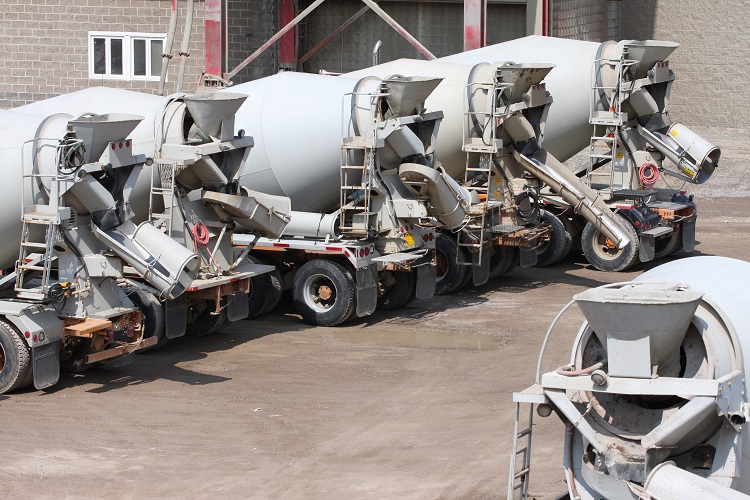Regulatory Changes for Concrete Trucks are Coming

The National Ready Mixed Concrete Association (NRMCA) lobbied congress and won. The NRMCA was able to get the FMCSA to make a few changes regarding the FAST Act, or Fixing America’s Surface Transportation Act. The FAST Act, passed by Congress October 1, 2015, required the FMCSA to make regulatory changes to their laws that meet the new requirements. However, there were two key exemptions that the NRMCA fought for. The first was the 30-minute break rule and the other was the 100 air-mile logging rule.
The 30-minute break rule exemption allows drivers of mixed concrete trucks to count the time they spend waiting on a job site to meet the requirement for the 30-minute rest break. This will really help these drivers as they spend lots of time waiting on job sites. Forcing them to wait even longer once they left the job site could have hurt businesses.
The other exemption for mixed concrete trucks is the 100 air-mile logging rule. This new exemption increased the 12-hour logging threshold to 14 hours—making it consistent with the 14-hour window that is in the HOS regulations.
Another outcome of these exemptions is the way the FMCSA incorporated the language into their Code of Federal Regulations likely preempts the concrete truck industry from having to install Electronic Logging Devices in many cases. What do you think about how the NRMCA lobbied for their industry and won? Are there other exemptions you would like to see made?
An insurance company that cares about you and insuring the things you wish to be insured.
Get a Quote> Find an Agent>

